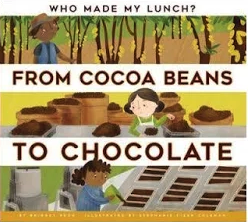 With so many students having to do distance learning this year, teaching typing would be a terrific benefit to them.
With so many students having to do distance learning this year, teaching typing would be a terrific benefit to them.
Here are some typing programs worth considering purchasing:
Typing Instructor for Kids This is the program I used with my sons. It has lessons, accuracy tests, and games to help them learn.
Jump Start Typing This computer typing program is for children in grades 2-5 and includes video clips for hand placement. We used this program as well, but the boys for the most part, had already learned the keyboard and this was reinforcement if they wanted more games to play. I know, extra-cautious homeschool mom syndrome 🙂
Mavis Beacon Teaches Typing is a classic computer program that would appeal to older students (junior and senior high school).
Online Typing Programs
Typing Web This is a FREE online program for typists of all ages and abilities. You can even print a certificate when you finish.
Typing Club is a free online typing program and has helped 23,000,000 students. That’s a lot of flying fingers over keyboards!
Dance Mat Typing is free and is offered through BBC so it has a Scottish accented sheep who is your typing instructor. It is for younger students, but the children are entertained with animated animals that rock n’ roll. That may not be what you are looking for in regards to learning to type as I noticed it can be distracting. If not, you can try one of the other programs.
I wanted to thank Justin for sending me some amazing websites for more online typing options:
Keyboarding Basics You are sure to find a typing program that will interest your son or daughter on this website.
Learning to Type More Efficiently This has typing education to help you with your typing skills and typing tests.
A special thanks to Mary Anne N for sending me all of these cool websites for typing.
Wristband Express
Olivia Ingram and her class had a website they asked me to include that has even more keyboarding ideas! Thank you!
https://wyomingllcattorney.com/Blog/Business-Typing-Resources
~Kjwq
oOps! I meant…
~ Lisa~







 Goodreads recommended the first book,
Goodreads recommended the first book, 


